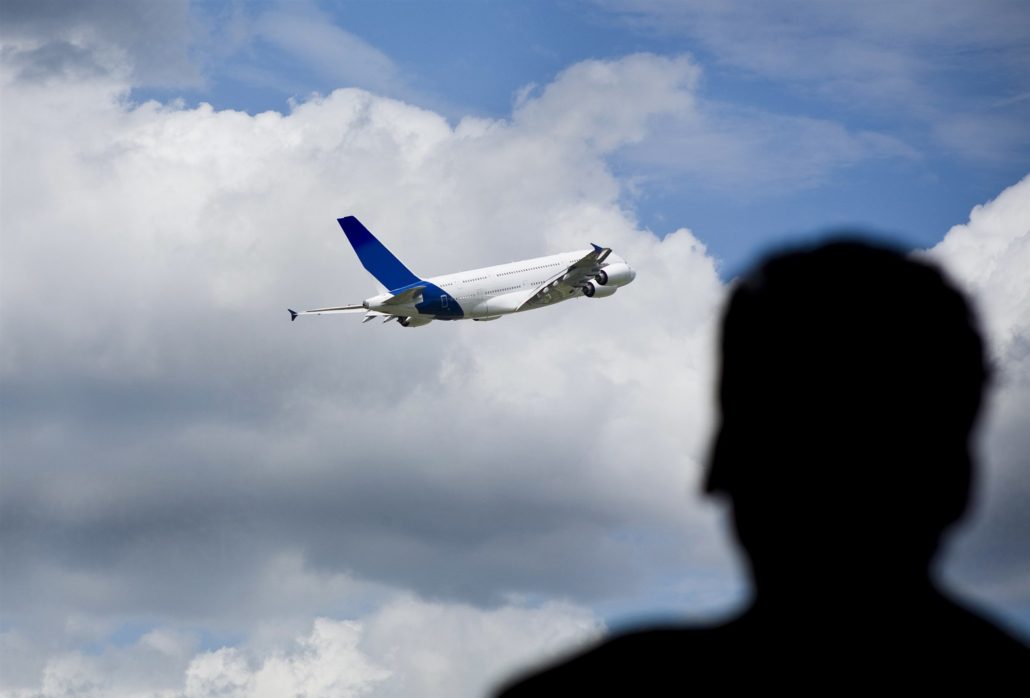How to become a professional pilot
WANTED – PROFESSIONAL PILOTS
Stop Dreaming, Start Flying
 Recent data indicates that pilot certification changes have had far-reaching effects on qualified commercial and airline transport pilots and flight departments are experiencing a shortage of qualified pilots. In addition to flying passenger aircraft for major and commuter airlines, pilots also crew corporate aircraft and serve the military and law enforcement. Others fly emergency medical services, perform aerial surveying and photography and conduct sight-seeing flights. Some pilots participate in firefighting, rescue searches and other public service flying, while others become flight instructors.
Recent data indicates that pilot certification changes have had far-reaching effects on qualified commercial and airline transport pilots and flight departments are experiencing a shortage of qualified pilots. In addition to flying passenger aircraft for major and commuter airlines, pilots also crew corporate aircraft and serve the military and law enforcement. Others fly emergency medical services, perform aerial surveying and photography and conduct sight-seeing flights. Some pilots participate in firefighting, rescue searches and other public service flying, while others become flight instructors.
Immediate job openings exist for:
- Airlines
- Corporate
- Charter
- Military
- Law enforcement
- Education
- Cargo
KEYS TO SUCCESS
As a professional pilot you must be able to make quick decisions and accurate judgments under pressure. You must be able to maintain a high level of alertness while working irregular work schedules and spending time away from home. You must be physically fit, have excellent eyesight and be able to pass the required FAA physicals. You must also be organized and detail oriented.
BY THE NUMBERS (U.S. Bureau of Labor Statistics):
| Quick Facts: Airline and Commercial Pilots | |
| 2020 Median Pay | $130,440 per year |
| Number of Jobs, 2020 | 113,900 |
| Job Outlook, 2020-30 | 13% (Faster than average) |
| Employment Change, 2020-30 | 14,700 |
ACADEMICS
To be competitive in professional aviation, a baccalaureate (four-year) degree is desirable, but your options for attaining this level of higher education are numerous. While an aviation-specific course of study is not a requirement, a number of institutions offer Bachelor of Science (BS) or Bachelor of Applied Science (BAS) degree options in professional aeronautics.
There are also a number of institutions offering Associate level (two-year) programs in aviation – typically an Associate of Applied Science degree that will serve as a stand-alone credential for a career in professional aviation.
In most degree programs, your FAA certifications up through Commercial pilot and possibly beyond, will be included. If you currently possess a four-year college degree, our advice would be to focus on pursuing your Commercial pilot certificate.
 WHAT’S NEXT
WHAT’S NEXT
Regardless of whether you opt for collegiate or non-collegiate pilot training, your pathway to the flight deck will progress through multiple pilot certifications including Private pilot, Instrument Rating, Commercial pilot for single and multiengine airplane and Certified Flight Instructor (CFI). After earning your teaching certificate (CFI), many pilots have the opportunity to work as flight instructors. Flight instructors earn a competitive wage teaching pilots to fly while continuing to build pilot experience toward the 1,500 hours of total flight experience required of an airline pilot.
Challenge, adventure and opportunity await!
—
Related articles:



